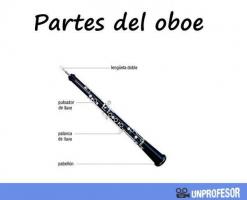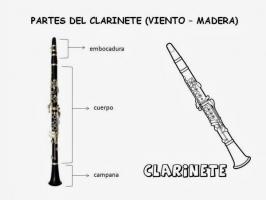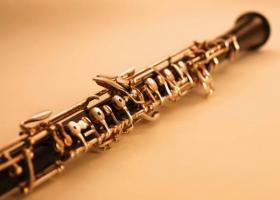History of the flute
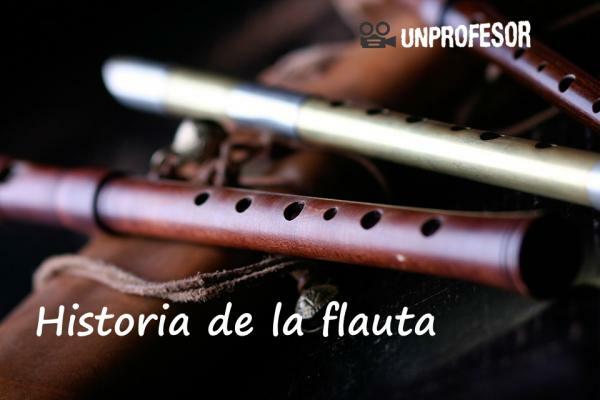
In history there are inventions that are here to stay. Often everything comes up with a very simple idea or principle, which over time goes through many phases and stages, with changes that perfect that first idea. In music artifacts and inventions are the musical instruments, which in turn began with a simple idea and that have been altered until reaching the ability to be participants in unforgettable works and pieces.
There are instruments that are so old that we do not even know their exact date of invention, in the case of the flute, which Through the ages it has taken different forms leaving at our disposal a wide variety of options to create music. In this lesson from a TEACHER we will learn about this instrument and its stages, we will talk about the history of the flute.
Index
- What is the flute and how does it work
- Brief history of the flute: the origins of the instrument
- The flute from the Middle Ages
- Brief history of the piccolo or piccolo flute
What is the flute and how does it work.
The flute is a musical instrument belonging to the category of wind instrumentswood or aerophones. Works thanks to the vibration that occurs when air collides with something else, in this case, parts of the instrument. In flutes in general, the instrumentalist blows through one end of the instrument and has at his disposal holes that you can plug or release with your fingers to alter the passage of air and thus produce different notes.
Instruments that we no longer call flute have also been created from this principle. per se, but they continue to share the same operating mechanism. We are talking about instruments like the oboe, the clarinet and the bassoon.
exist different types and versions of flutes, each one with different characteristics that vary in material, musical tessitura, tuning and of course origin. To mention some types of flute, we can name the recorder, the transverse flute, the piccolo or piccolo and the quena, the ney or the sakuhachi, among others.
Brief history of the flute: the origins of the instrument.
We are already beginning to talk about the history of the flute. As far as we know, the flute is the oldest instrument, having found artifacts made of bone made with the working principle of the flute of about 43,000 years old. It is also known that the origins are varied, having data that prove that flutes existed not only in civilizations ancient western countries (Egypt, Israel, Rome, Greece ...) but also in eastern populations (China for example) and in the peninsula Iberian.
The model similar to the recorder (played vertically) was more common at first, with much more than transverse flute specimens. Written evidence is believed to exist of recorders, with 11th-century drawings depicting them. It is also known from other versions of flutes used shortly before or during the Middle Ages, such as the galoubet, which only had 3 holes and was played with one hand. It is even in medieval times that the instrument begins to be standardized.
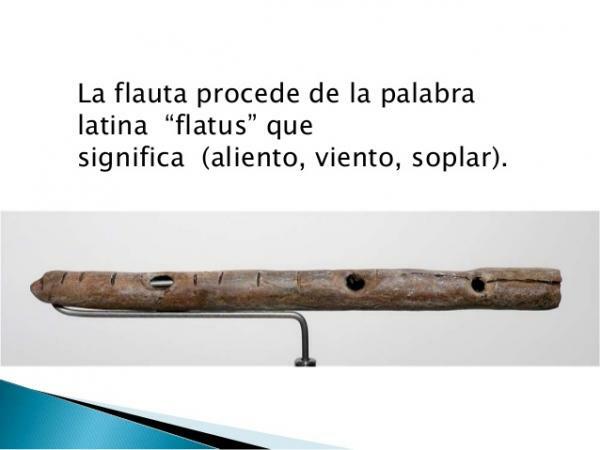
Image: Slideshare
The flute from the Middle Ages.
Continuing with this lesson on the history of the flute, we will now focus on this instrument from the Middle Ages. We will divide the story according to the recorder, the first instrument, and the transverse flute, the most outstanding variation of the flute.
History and evolution of the transverse flute
Less popular and more exclusive, versions of the transverse flute already existed in the european medieval times (they were used more in the east), while the recorder was used mainly by troubadours and minstrels.
Previously, the transverse flute was made of wood and six holes, but during the Renaissance is an important step for its redesign by the manufacturer family of instruments Hotteterre, at the end of s. XVII. It is from this point that the transverse flute would consist of 3 parts. Other major changes were made over the years 1760 to 1800, adding keys and mechanisms for the holes. Finally, the version that we know today in terms of mechanisms and the position of holes, was in charge of Theobald Bohm at the end of s. XIX.
History and evolution of the recorder
As for the recorder, it is known that after being so common for popular music it was losing popularity until it fell almost into disuse during the Classicism, the Renaissance and the Baroque, and it is not until the twentieth century which is taken up to reproduce the interpretations of historical works. Despite its low popularity, many versions of the recorder They were created during the Renaissance, creating different models of tessitura to assimilate to the tonal distribution of the human voice. From here we get the sopranino, soprano, alto, tenor and bass flutes, among other.
During the s. XVII modifications were made to various instruments, including the flute, giving it a sweeter timbre compared to the previous one. It is for this version of the flute that Bach wrote one of the most notable works for this instrument: the Brandenburg Concerto No. 4 in G major.
The recorder that we know today has become so popular due to its diffusion as a pedagogical tool, thanks to its practicality and low cost as it is made of plastic. This one that we commonly use is the soprano recorder, It has 3 parts and 8 holes.

Image: Slideshare
Brief history of the piccolo or piccolo flute.
As the last mention of the flute family we have the piccolo or piccolo, What is it a smaller version and sharp by an octave of the transverse flute. This version of the instrument links its origin to military marches and was extended to the orchestra during the century XVIII. It went through the same changes as the transverse flute with the addition of mechanisms and keys by Theobald Bohm and reached its performing climax during the twentieth century.
History is shaped by an immovable factor: change. We notice this not only in society and in events but also by modifications of our objects. We can see that musical instruments are subject to our curiosity and ambition to continue creating and achieving excellence in everything we do.
If you want to read more articles similar to History of the Flute: Summary, we recommend that you enter our category of Musical instruments.

